Life Science Outsourcing provides comprehensive assembly, packaging, and kitting solutions tailored to the unique needs of medical device manufacturers. We streamline the process from component assembly to sterile and non-sterile packaging, ensuring compliance with regulatory requirements and optimizing supply chain efficiency.
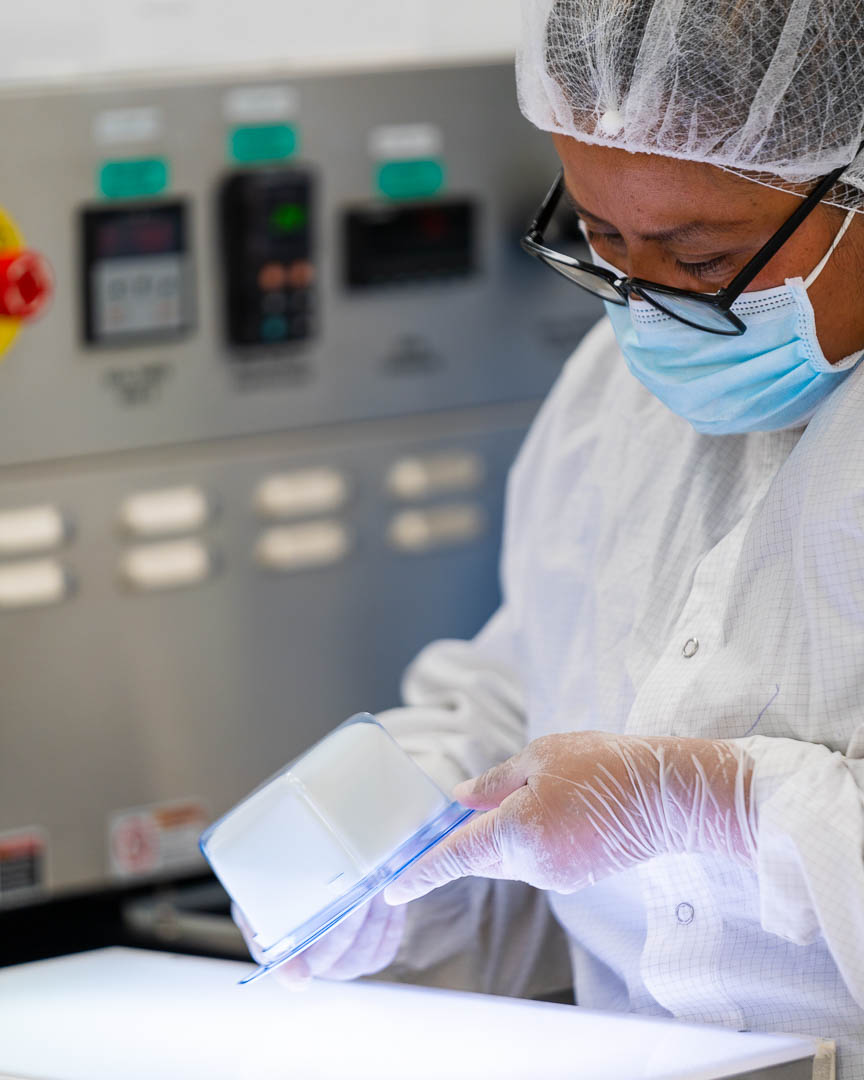
LSO delivers fully integrated assembly, packaging, and kitting solutions designed to help startups bring innovations to market faster and large OEMs scale production efficiently. With cleanroom-controlled assembly, validated sterile packaging, and custom procedural kitting, we ensure regulatory compliance, supply chain efficiency, and accelerated commercialization—all under one roof. Whether you need pre-validated packaging, custom kits, or scalable solutions, our expertise helps you reduce costs, eliminate delays, and get your devices into the hands of healthcare providers—faster.
Medical device assembly, packaging, and kitting involve the integration of components, secure packaging, and bundling of products for efficient distribution.
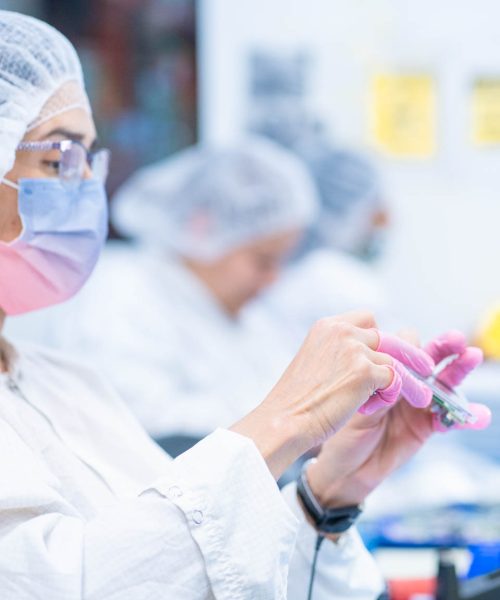
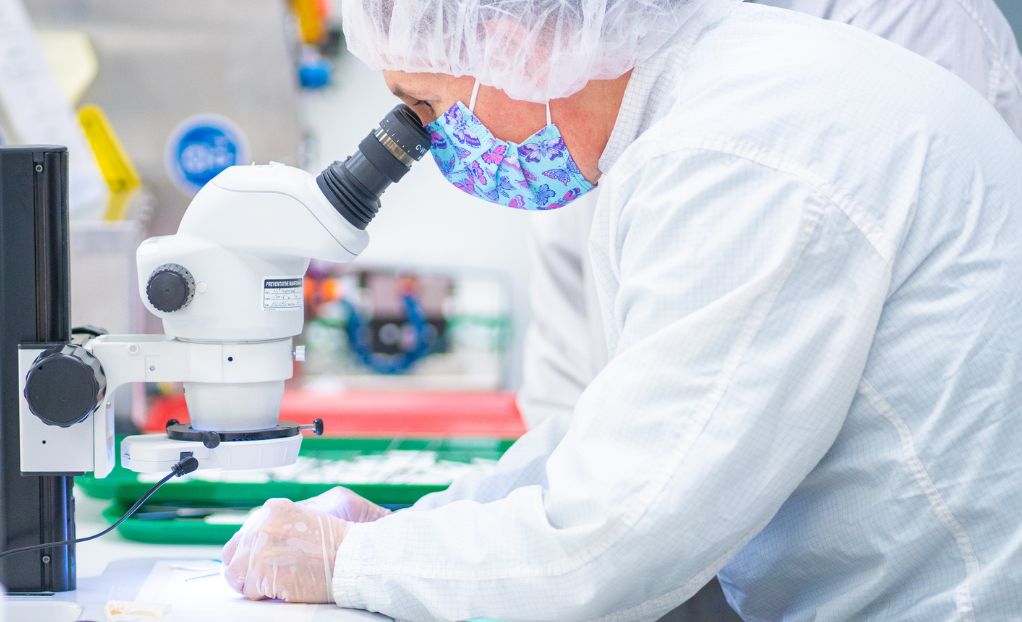
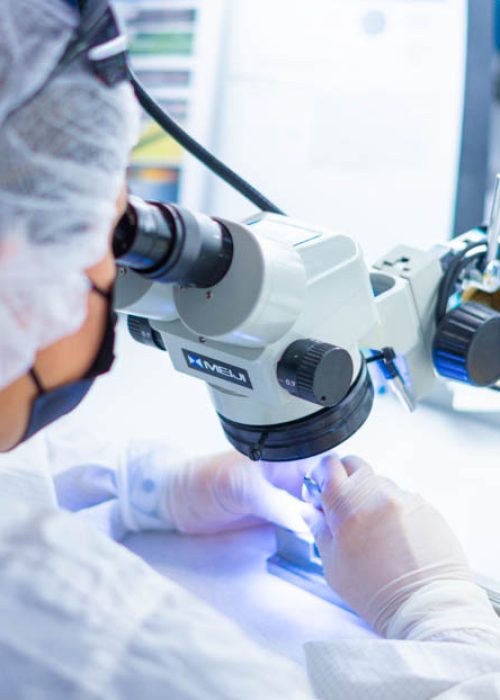


Comprehensive packages for regulatory compliance.

From fractional to full cycles with EtO residual testing.
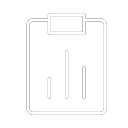
Secure with 2X qualification.
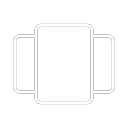
Tailored to your sterilization needs.
Life Science Outsourcing is an FDA registered and ISO 13485 certified full service Medical Device Contract Manufacturer.
We improve our products and advertising by using Microsoft Clarity to see how you use our website. By using our site, you agree that we and Microsoft can collect and use this data. Our privacy notice has more details.
Receive the latest infographics, guides, and blog updates for medical device manufacturing, package testing, and sterilization.